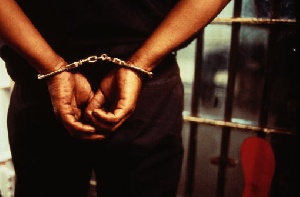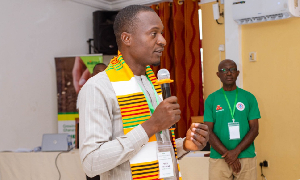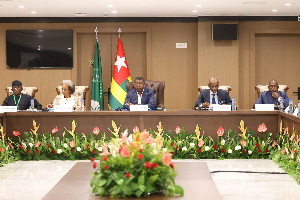The Motor Traffic and Transport Department (MTTD) of the Ghana Police Service has arrested 314 drivers for using fake electronic roadworthiness stickers.
DSP Alexander Obeng, Director for Education, Research and Training at MTTD, said the culprits were convicted and fined GH?119, 72.00 at the Motor Court, to serve as deterrent to potential offenders.
In an interview with the Ghana News Agency, he said the road traffic regulation Legislative Instrument (LI) 2180, stipulates that owners of commercial vehicles submit them every six months to DVLA for inspection.
He said private vehicles are required to paste the stickers at the right side of the windscreen for police inspection, in a bid to ensure safety and reduce accidents.
He said the inspection of the DVLA is to ensure that there are no cracks on the windscreen and that all the necessary parts of the vehicles are in good condition to ply the road.
DSP Obeng said the E-roadworthy sticker has a specially generated QR code, which can only be read by specialised verification QR code readers provided by the DVLA for the MTTD to help its personnel to authenticate all E-roadworthy stickers pasted on vehicles.
He urged vehicle owners to be responsible and ensure that their vehicles undergo the necessary inspection to avoid any unforeseen accidents which may claim lives and properties.
The LI 2180 was enacted as a result of new road traffic trends that were not clearly captured as traffic offences by the old legal regime, like the use of mobile phones whilst driving and the use of motor bikes for commercial purposes.
The LI also seeks to deal appropriately with all traffic offences and provides the police with sound legal backing to enforce road traffic laws to the letter.
The E-roadworthy certificate took effect from December 1, 2014 and was developed in collaboration with the DVLA and the Controller and Accountants General’s Department.
The system is aimed at eradicating fake roadworthy documents from the system and also to ensure that all vehicles plying the roads were actually roadworthy for the safety of drivers, passengers and other road users.
The system will also prevent the leakages of revenue generated by the authority, orchestrated by middlemen popularly known as “Goro boys” to ensure that the government realises actual revenue generated by the authority.
Crime & Punishment of Wednesday, 3 June 2015
Source: GNA
Drivers arrested for using fake E-roadworthiness stickers
Entertainment












